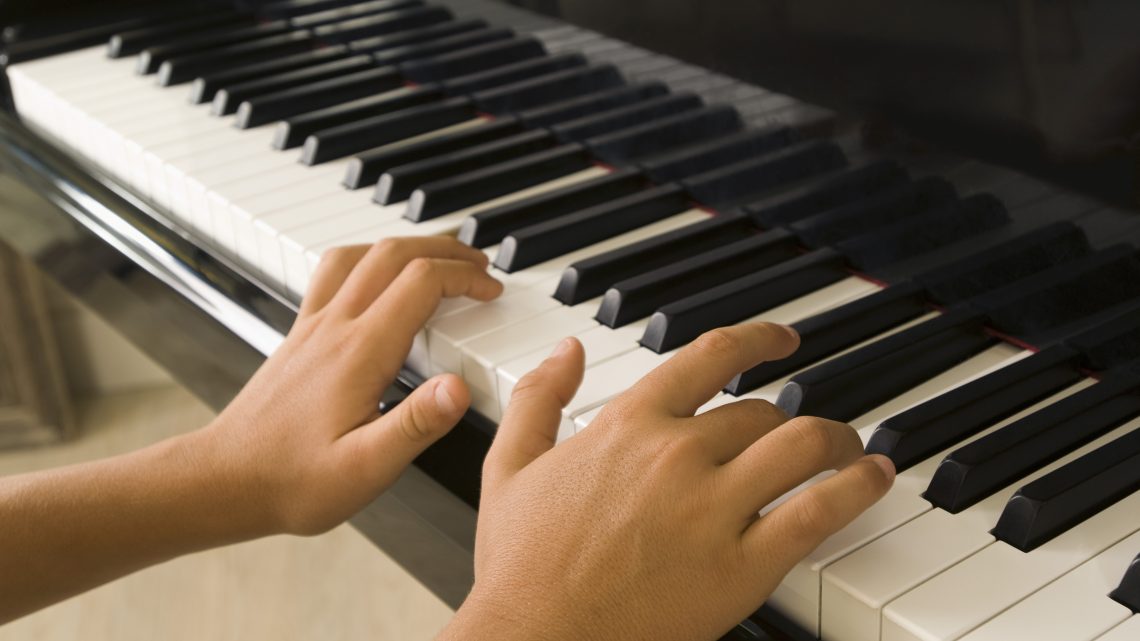A piano has 88 keys. No more, no less. Those keys can be played one at a time and music is the result (or perhaps noise if the music is not well planned!). Those keys can be played in octaves, which is a doubling of the same basic tone six whole steps above or below the starting note. Octaves are generally understood to be more interesting than single notes. But not much.
Still more interesting is the addition of the 5th or the 4th or the major 3rd or the minor 3rd or the 6th, major or minor. Perhaps the most interesting is the augmented 4th or the diminished 5th, which is a planned dissonance that requires a resolution, or the ear is left waiting for something more.
Through the dark ages, music was of the single note variety. Monks chanted on a single line of notes based around a tonal center known as a mode, which was an early precursor to the key signatures of modern music. We have Johann Sebastian Bach to thank for organizing music from a freeform that allowed for variety and confusion, to a system that permits that same variety but lets it take a form easily replicable across cultures and centuries.
Bach and his forerunners, Palestrina and Buxtehude and others, were soundly criticized by the church of the day for bringing in a worldly sound to the music of worship. Today that “worldly” sound is called the Baroque style by musicologists and gave rise to the Classicism of Haydn, Mozart and Beethoven, which gave rise to the Romantic period of Brahms, Schubert, Schumann, Mendelssohn and others.
Bach, Beethoven and Brahms were the change agents that the world today looks back on as giants in their field. In their day, they were (particularly Bach) frequently spoken of derisively for changing the established order.
But enough of musical history and theory lessons and back to the piano. While a piano has 88 keys, it has many, many more strings. Only the lowest bass notes are sounded by hammering on a single string. The lower-middle registers use two strings and the upper registers need three strings per note. (No wonder it is a bit more complicated to tune a piano than a guitar or a harpsichord!)
In the church we need not only the 88 notes, we need all the strings too. Each must be available to be played at just the right time, for just the right duration, at just the right volume level to make good music. So we even need more than just the two hands of the keyboard artist—who in turn needs written music to guide those skillful hands up and down the keyboard.
When I took my first music lessons, I shared piano time with my twin sister. We had two sets of friends from our church and Pathfinder club who were also brother and sister combinations. Our teacher gave us a recital piece that required six hands on each of two pianos, the boys on one piano, the girls on the other. If any one of those 12 required hands was missing from the performance, the music would not have been as good. But also, if we had had no sheet music to read, there would not have been any music at all—just noise. For our recital to be successful, we needed written music, willing players and instruments on which to play.
So it is in the church—no one is unimportant, and no one’s talents withheld or unused will be helpful to the outcome. The written music is critically important, the instrument must be well tuned, and the players must get along. They don’t all have to sing or play the same note at the same time—how dull that would be. Harmony is almost always better than a simple unison.









